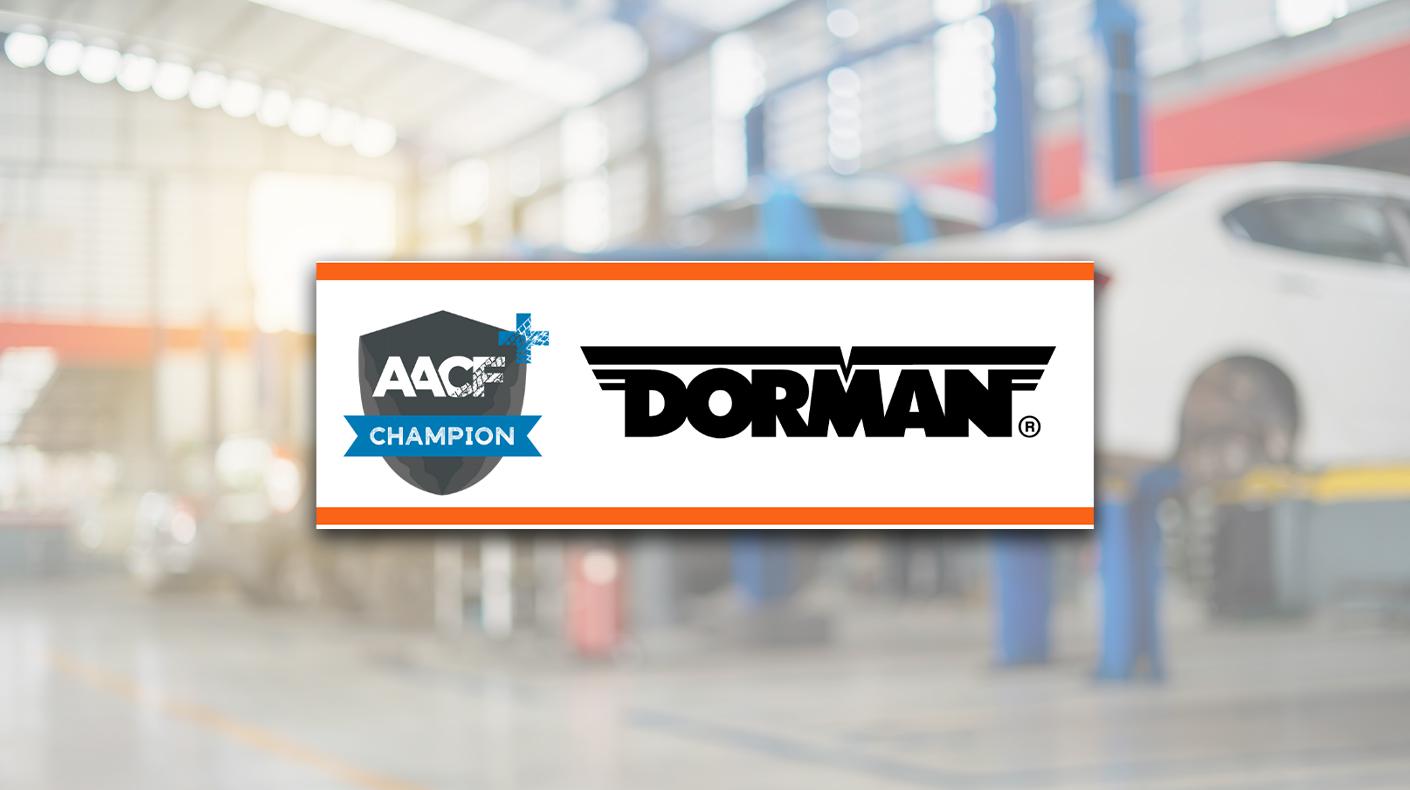On the web, content is king—or it should be. If you want people to visit, stick around, and come back to your small business’ website, give them substance, says a recent article by the National Federation of Independent Businesses.
The appearance of your website is still important in helping establish professionalism and credibility. But the information and other substantive material you provide matters most.
Several studies have backed up this common-sense notion. One study, from the Poynter Institute and Stanford University, showed that, unlike with newspapers and magazines, people who read web news sites typically focus on the text first, looking at photos and graphics afterward. People on the Internet operate in “Internet time” or in other words, fast. They don’t linger over web pages as they would a newspaper or magazine when drinking a cup of coffee.
Another study, by Forrester Research, showed that what people value most on a website is “direct paths to the content I am looking for.” Next was “proper labeling of menu items.” After this, people most valued “great search.”
People reading websites, for the most part, seek substance over style and usefulness over flash. They want to get what they want quickly. Here are some ways to make this happen:
1) Readers should know immediately upon accessing your site why they should stick around and what’s in it for them. Instead of relying strictly on fancy graphics and animations, which often slow visitors down, use meaningful headlines, subheads and menus and other links. Headlines, links and similar labeling text are better when clear rather than merely clever.
2) Make background information about yourself or your organization available from the home page, if appropriate. Discerning readers will look for this to help determine the authority and legitimacy of your content. If you include advertising, separate it from the informational content to avoid compromising your objectivity.
3) If your site consists of more than a few pages, provide a site map or index that displays all the interior links for those who want to get their bearings from the outset. Providing navigational buttons to the site’s major sections at the bottom or edge of internal pages helps people stay oriented. An internal search engine lets them hone in on what they’re after from the get-go.
4) It’s usually better to keep text brief. Break up long passages into multiple pages. Many people don’t scroll down web pages, focusing instead on the first screen of text. If your text is longer than one screen, use the inverted pyramid style of newspaper writing, putting your most important information first and later elaborating.
5) Tell the whole story. The web makes in-depth elaboration possible by having fewer space restrictions than any other medium. People may feel cheated if you leave out important information.
6) Text should be accurate, complete and interesting. Check for spelling and grammatical errors, broken links and other mistakes that can undermine your credibility.
7) Include a “last updated” or similar message. If you’re not finished with a page or section, don’t link to it and apologize with an “under construction” sign. It’s far better to link to pages after you’ve completed them, preventing frustration when readers click for content they can’t access.
8) Finally, periodically re-evaluate the quality of your content. Make sure the information is still current, accurate and complete. Test links, both internal and external, to ensure they’re still working.
Source: Goldsborough, Reid. (July 26, 2007). “Beefing Up Your Web Site Content.” The National Federation of Independent Businesses. Retrieved on August 2, 2007 on www.nfib.com.





